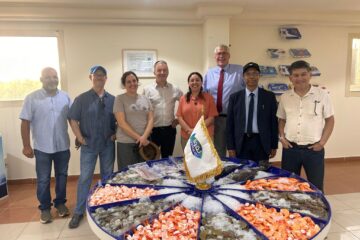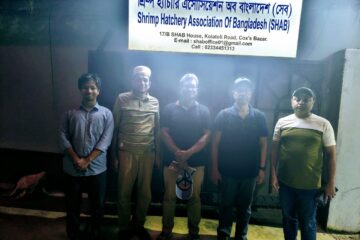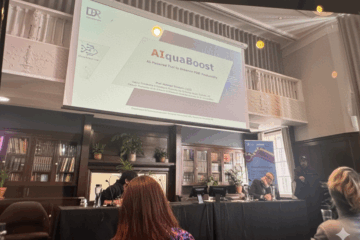On the Ground in Cox’s Bazar – Building AI Solutions for Sustainable Aquaculture
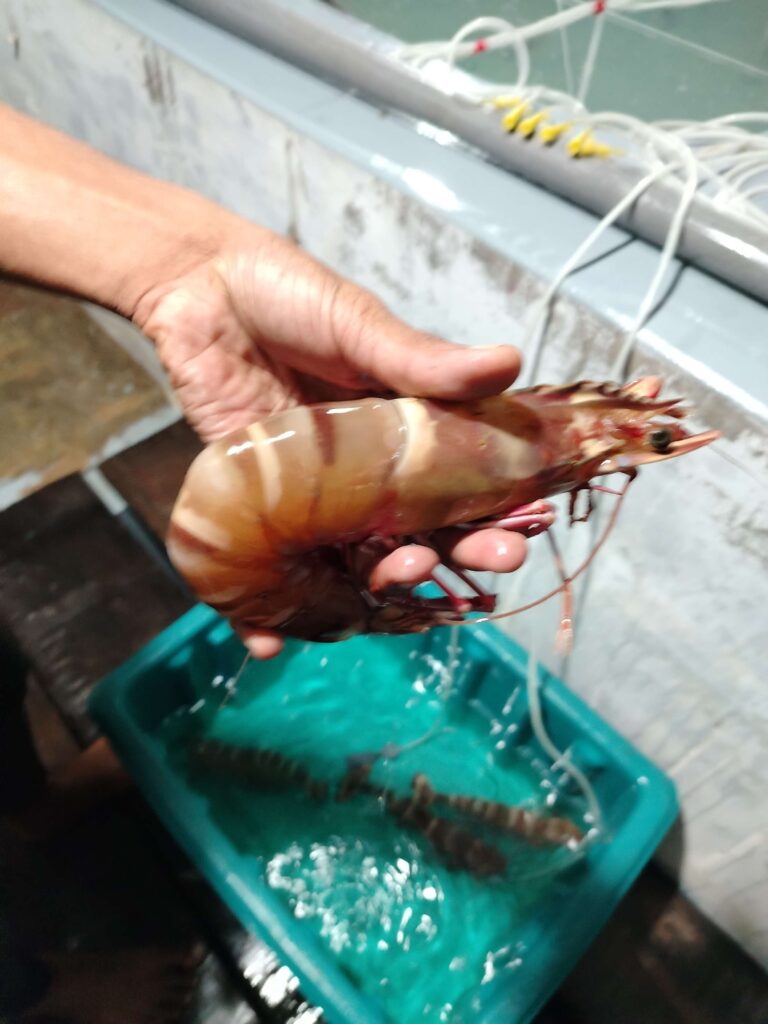
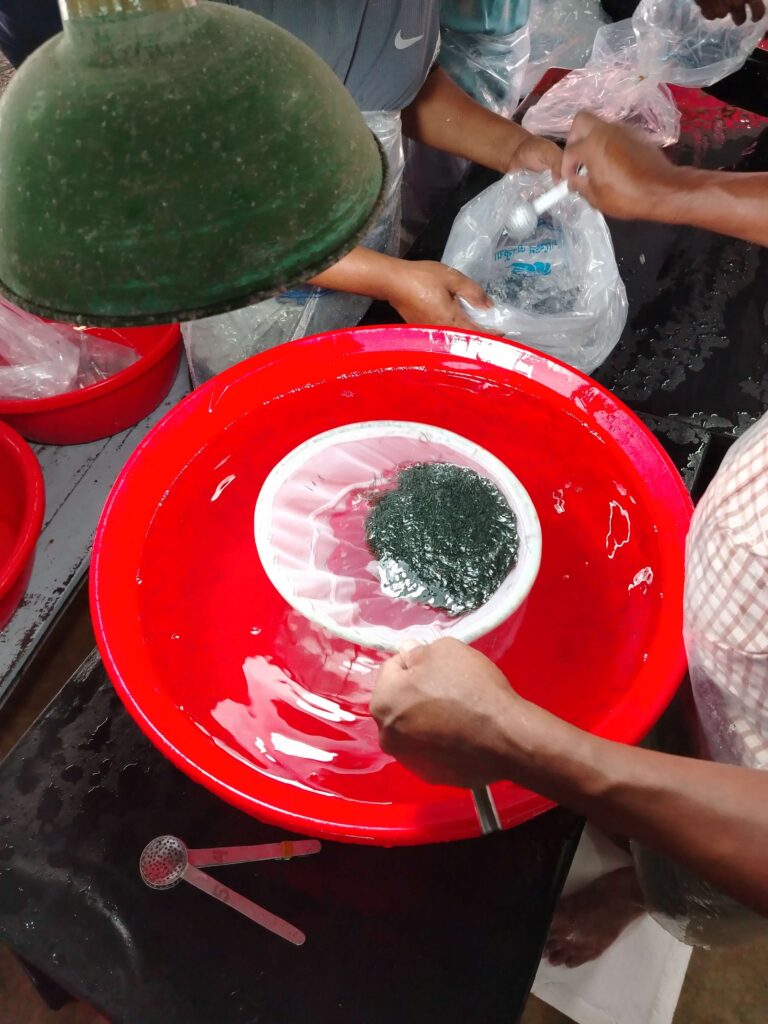
Over the past month, our AIquaBoost team has been on the ground in Cox’s Bazar, Bangladesh, visiting hatchery sites for over two weeks to deeply understand the challenges faced by shrimp and fish farmers.
Our mission? To co-create AI-driven, tailored solutions that enhance efficiency, reduce risks, and pave the way for sustainable aquaculture growth.
From our discussions and observations, four key challenges stood out:
1️⃣ High Mortality Rates – Significant losses from the embryonic stage to post-larvae (egg → PL).
2️⃣ Lack of Monitoring & Alerts – No real-time bacterial outbreak detection or preventive early warnings.
3️⃣ Poor Data Practices – Minimal record-keeping, making performance tracking and decision-making difficult.
4️⃣ Operational Cost vs. Unprofitable Batch – High input costs (feed, energy, maintenance) often outweigh returns when a batch underperforms, making operations financially risky.
Building on our first pilot at Swansea University, we’re now preparing to launch our second pilot study in Cox’s Bazar. This time, the solutions we design will be shaped by the insights we gathered on-site — ensuring they are:
✅ Practical for local conditions and available infrastructure
✅ Responsive with AI-powered monitoring and real-time alerts
✅ Data-Driven to enable informed, long-term decision making
As we prepare for the next stage of AIquaBoost, our focus will be on delivering solutions that not only address current challenges but also set new standards for sustainable aquaculture. Our key goals include:
Implementing Explainable AI (XAI) – Ensuring that every recommendation or alert comes with a clear explanation so farmers understand why an action is suggested, building trust and adoption.
Developing Optimal Feeding Routines – Using AI to create feeding schedules that adapt to fish growth, water quality, and environmental conditions, reducing feed costs and minimize water contamination, improving both profitability and environmental sustainability.
Creating Predictive Models for Bacterial & Viral Attacks – Leveraging data to forecast potential outbreaks, giving farmers the critical lead time needed to act before a crisis hits.
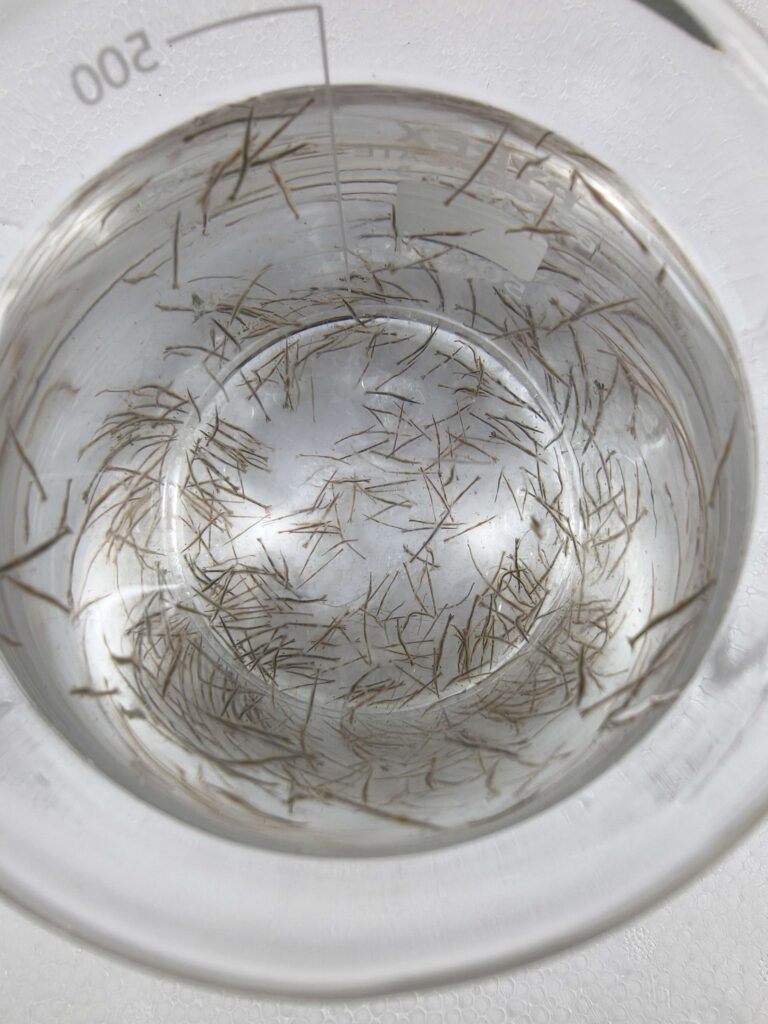
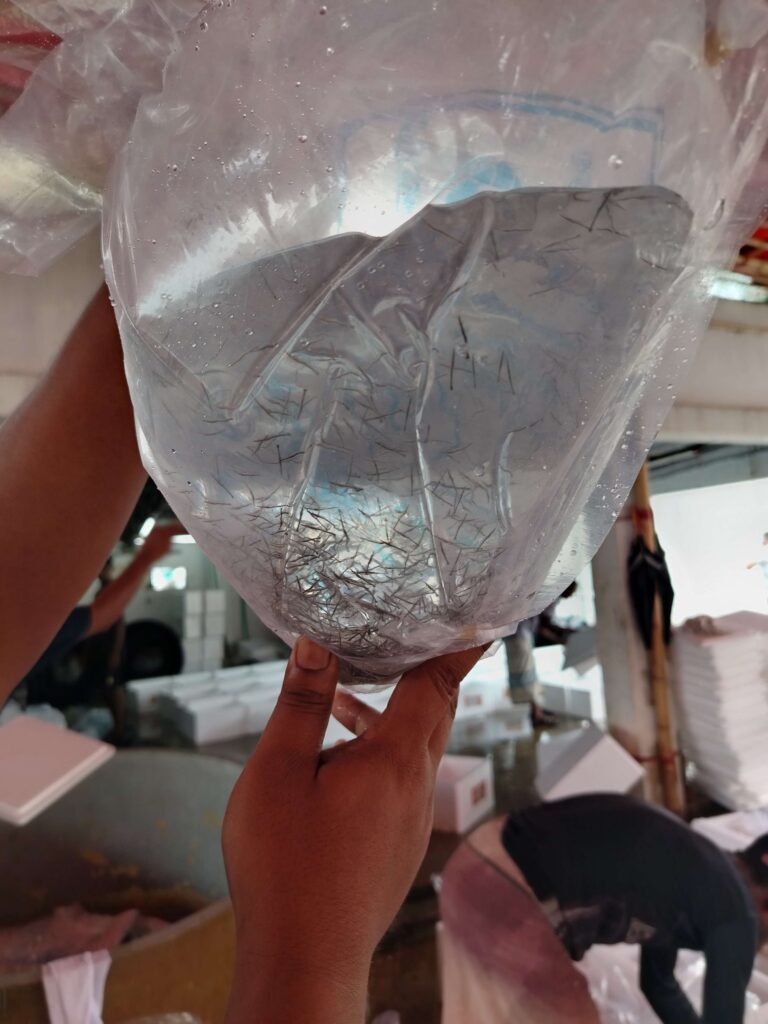
From predictive disease detection to smarter hatchery management tools, we aim to close the gap between potential and reality in sustainable aquaculture.
It’s about empowering fish farmers with the tools they need to thrive sustainably in a changing world and building a sustainable blue economy for communities that depend on aquaculture.
We’re excited for the next chapter of AIquaBoost in Cox’s Bazar — and to share the innovations that come out of it.
